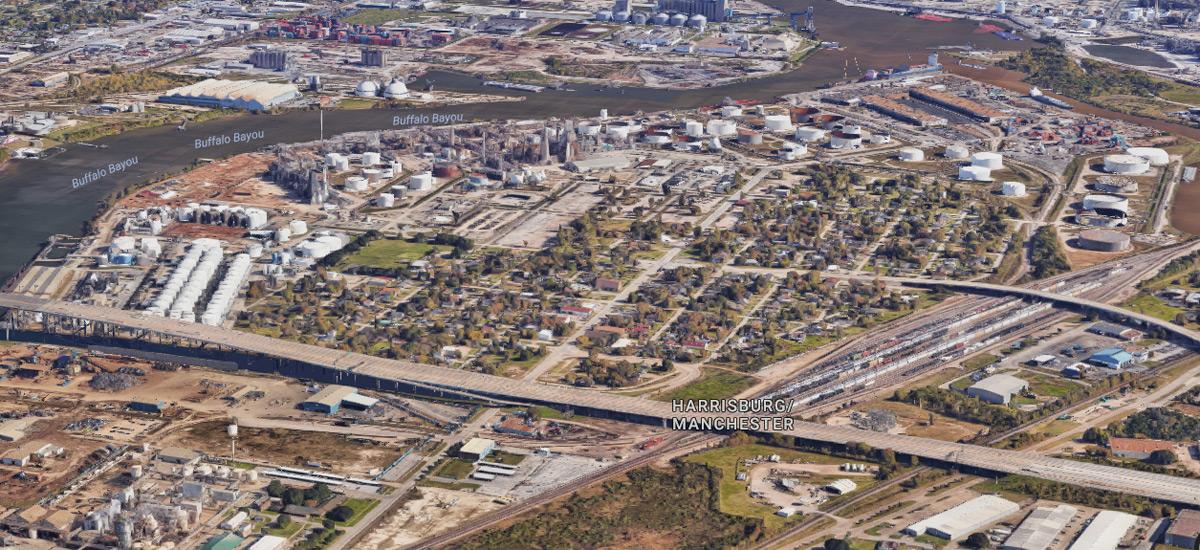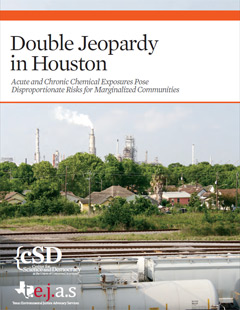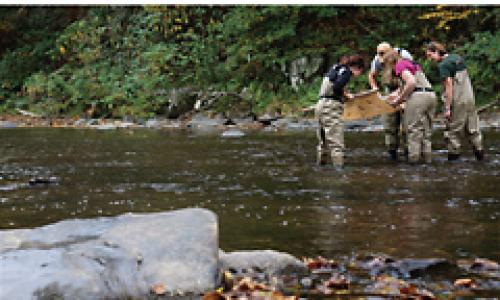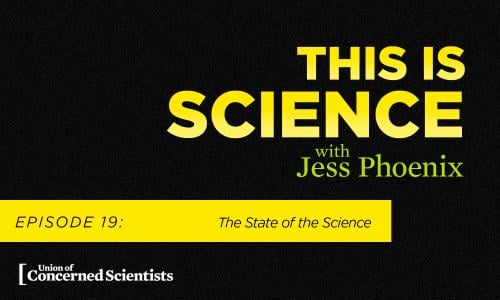People who live near chemical facilities face serious risks—and these risks are not doled out equitably. If you are a person of color, or living in poverty, you are more likely to be affected by the hazards chemical facilities present, from the looming threat of catastrophic accidents to the slow-motion disaster of chronic exposure to toxic pollutants.
This unequal distribution of harm underscores the importance of the environmental justice movement, which works to ensure that all people enjoy equally high levels of environmental protection.
These are some of the key findings of Double Jeopardy in Houston, the product of a collaboration between UCS and t.e.ja.s. (Texas Environmental Justice Advocacy Services). The report finds compelling evidence that Houston-area communities with higher populations of color and higher poverty levels face higher risks from chemical accidents and everyday toxic exposure.
A tale of four communities
Houston is a center of the chemical industry, and exposure to toxic air pollution has long been a concern for Houston metropolitan area residents. In recent years, several studies of chemical risks have found disproportionate impacts on east Houston, where industrial facilities are concentrated and residents are more likely to be people of color and to live in poverty.
To build on that past work, our study looked at data from four Houston communities:
- Harrisburg/Manchester is located just south of the Houston Ship Channel in east Houston. 97% of its residents are people of color, and 37% of them live in poverty. The average household income is $45,431.
- Across the ship channel to the north lies Galena Park. 86% of Galena Park residents are people of color, 21% of them live in poverty, and the average household income is $49,732.
- The upper-class west Houston community of Bellaire includes 32% residents of color, with a poverty rate of just 3% and an average household income of $226,333.
- Further west is the suburban neighborhood of West Oaks/Eldridge, with 64% residents of color (though whites are the predominant individual race), a poverty rate of 11% and an average household income of $91,055.

Proximity to Dangerous Chemical Facilities
The Environmental Protection Agency (EPA) estimates that approximately 150 "catastrophic" accidents occur each year in regulated industrial facilities—and less severe accidents are even more common. The EPA maintains a database of industrial facilities that are required by law to submit a Risk Management Plan, or RMP, containing detailed information about accident risks, prevention measures, and emergency response plans.
Using this database, the study found that 90 percent of the population in Harrisburg/Manchester and almost 40 percent of the population of Galena Park lives within one mile of an RMP facility, compared to less than 10 and less than 15 percent of Bellaire and West Oaks/Eldridge residents. And far more accidents have occurred at the facilities in and around the east Houston neighborhoods.
The map below illustrates some of these findings. A more detailed, fully interactive version of the map is available.
Chronic Exposure and Health Risks
Using EPA data, the study found that toxicity levels and corresponding health risks were far higher for the east Houston communities than for their west Houston counterparts:
| Harrisburg/Manchester | Galena Park | Bellaire | West Oaks/Eldridge |
| Total Toxic Concentration Values | |||
| 110,712 | 157,653 | 32,291 | 9,233 |
| Cancer Risk (Incidence per million people) | |||
| 54.44 | 57.28 | 44.06 | 42.0 |
| Respiratory Hazard Index (>1 indicates potential adverse health impacts) | |||
| 2.56 | 2.56 | 2.06 | 1.79 |
Recommendations
The report offers six recommendations for federal, state, and local policymakers to address the health and well-being of at-risk communities like Harrisburg/Manchester and Galena Park. (See the full report PDF for a detailed explanation of each recommendation.)
- Require chemical facilities to use safer chemical and technologies.
- Ensure that facilities share information and their emergency response plans with the fenceline communities.
- Require large chemical facilities in continuously monitor and report their fenceline-area emissions and health hazards.
- Prevent the construction of new or expanded chemical facilities near homes and schools—and vice versa.
- Require publicly accessible, formal health-impact assessments and mitigation plans to gauge the cumulative impact of hazardous chemical exposures on fenceline communities.
- Strengthen the enforcement of existing environmental and workplace health and safety regulations.




